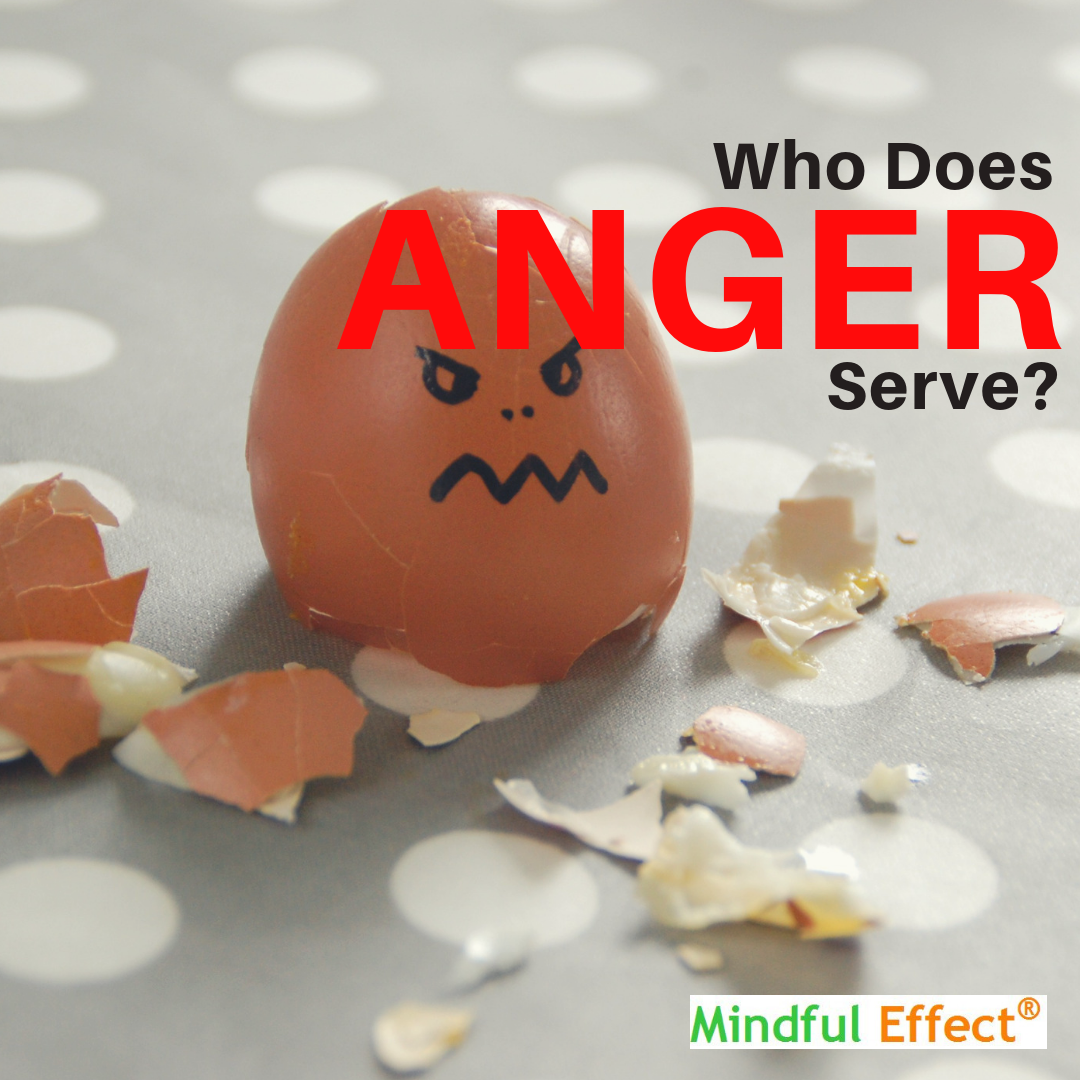Anger and Forgiveness….
How can we forgive people who’ve done horrible things?
Our judgment on the act is a reaction of anger.
Can forgiveness and justice co-exist?
When something bad happens, we seek justice. We want the wrong-doer(s) to pay.
But who made us the justice police? I’m not saying to give up on law and order, but I am asking us to reflect and seek out answers to the question, “Who made us the justice police?” To seek revenge, justice, and trial?
We hold out for justice to the abusers, abandoners, neglectful, and greedy.
What happens when we hold on to seeking justice, for the apology, for the remorse year after after year? What happens to anger over time? Is it still the same or has it grown ready to explode?
How do we respond? What can we do?
Anger met with anger creates more anger.
Anger cannot be overcome with more anger. You cannot get rid of anger with anger, however, a habit can be overcome with another habit.
Our response to anger is a habit and we can change our response with a new habit.
But what is anger? Anger is an emotional reaction.
“Anger is a response of suffering that has not been met with compassion and love.” – Dr. Deb Lindh
One of the greatest human strengths is the mind. We are able to judge right vs. wrong. Our common sense says if we do “x” then it will lead to “y;” cause and effect.
However, if the mind is preoccupied or distracted by anger, then we lose the strength of judgment. Therefore, we are not in harmony with ourselves; our mind, body, emotions, and energy as well as the world around us.
We are not free.
We are hostage to the energy, force, and power of anger.
Therefore, we must protect our mental strength and superpower of judgment.
How? We can counter our anger with a few steps.
We can cultivate less anger through building our response muscle in the mind. We can counter our anger with a few steps.
- Respond to projected anger with love and compassion. Through seeking to understand and using mindful awareness, we can counter through love and compassion. Once we can build awareness of understanding, then we see the person through compassion and love. You may not like what’s happening, but you can understand. Ask, “Why” and then reflect, reframe, and respond. 4, 3, 2, 1, 0. End with 0. In nothingness we find stillness; we find clarity and train the mind.
- Find the Value. If a person makes you angry or a situation makes you angry, ask: What is the Value? What’s good about it? What’s this person’s gifts? Respond to anger by finding the value of the situation and/or person. It’s there. I always say, “everything has value.” It might take a little bit longer, but it’s there. It’s the balance of the Universe.
- Dealing with strong and harbored anger takes a bit more work. The longer the passed time, the stronger the anger. Suppressed anger grows. Let it out. Whether that means to write it all out (and it make take several times doing this writing), or talk into a memo app (make sure to not save or review but to delete)…just get it out.
After using any of these exercises…do one more step. Forgive. Holding on to anger hurts you. Release the anger and forgive. Release yourself from holding on to the anger. Doing so you’ll free yourself.
“Anger is a form of tension that robs us peace.” – Dr. Deb Lindh
Who does anger serve? With its hypnotic powers, once all is said and done and the dust settles from the aftermath, man’s clouded judgment becomes clear and as he looks around at the destruction. As he gazes he says, “God, What have I done? What have I become? How did I lose myself? Look what my hands have done to myself and to my fellow mankind. I have suffered and caused suffering. Please forgive me. Let me repent and dedicate my life from this moment on to do good; to promote kindness, compassion, peace and love.”
Post your comments. Share what you think. I want to hear from you!
In love and light,
Dr. Deb


Leave A Comment
You must be logged in to post a comment.